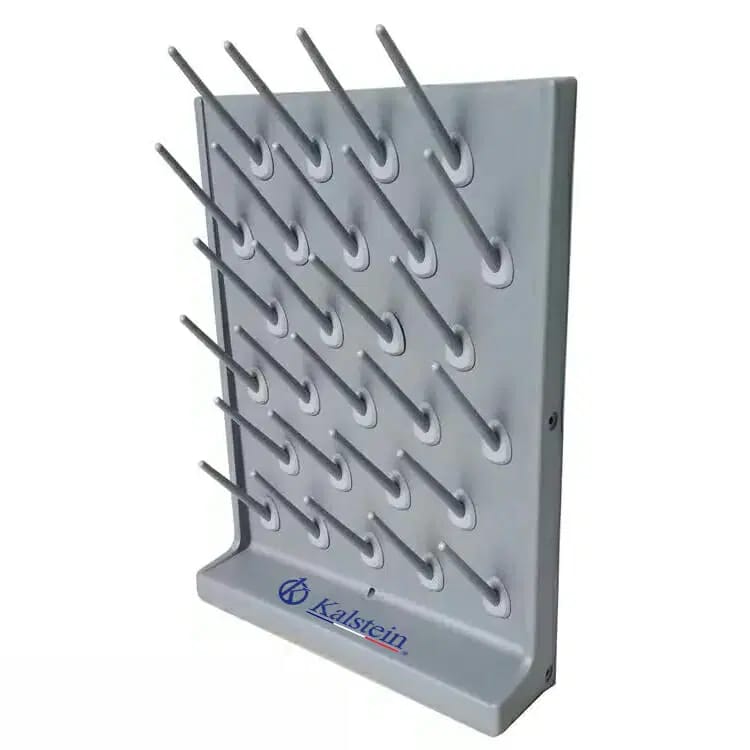Workbenches are essential elements in any medical and laboratory setting, providing a robust and versatile surface for a variety of tasks. However, to maximize their functionality and adaptability, the use of optional accessories is crucial.
In this article, we will explore how to effectively use these accessories to improve efficiency and precision in daily operations.
We understand that you need equipment that delivers maximum value to your laboratory. We invite you to visit https://kalstein.pt/category-product/furniture-line/workbench-accessories/, to immerse yourself in our universe of cutting-edge technology equipment. Our prices are competitive and accessible, we combine the convenience of online shopping with the guarantee of an exceptional product. Because you deserve the best, we create and offer top-tier laboratory equipment. Make your choice today, where science comes to life. https://kalstein.pt/
Height Adjustments: Improving Ergonomics
Importance of Ergonomics in Daily Work
Ergonomics play a critical role in preventing injuries and improving productivity. A height-adjustable workbench allows users to tailor it to their specific needs, reducing back strain and improving posture. This adjustment is especially important in medical environments where professionals spend long hours standing or sitting performing precise tasks.
How to Properly Adjust the Height
To adjust the height of the workbench, first, identify the current configuration and use the adjustment handles or buttons, usually located on the sides or beneath the work surface. Ensure the bench is level before making any significant changes. Experiment with different heights to find the most comfortable and ergonomic position, and be sure to adjust the bench height for different users if necessary.
Storage Systems: Keeping the Space Organized
Benefits of an Organized Workspace
A well-organized workspace not only improves efficiency but also reduces the risk of errors. Storage systems, such as modular drawers and shelves, are optional accessories that can be added to workbenches to keep instruments and materials organized and easily accessible.
Installing and Configuring Storage Systems
To install storage systems, first, determine the specific needs of your work environment. Modular drawers can be attached underneath the work surface using brackets and screws included in the installation kit. Follow the manufacturer’s instructions for a safe and robust installation. Shelves can be mounted on adjacent walls or the bench structure to maximize vertical space.
Adequate Lighting: Enhancing Visibility
Importance of Good Lighting
Adequate lighting is essential for precision and safety in medical and laboratory tasks. Adjustable lamps and LED lights are excellent options that can be added to workbenches to ensure optimal visibility.
Tips for Installing Lighting
To install lighting on your workbench, first, identify the areas that require the most visibility. Use lamps with adjustable arms that allow you to direct the light where it is needed. LED lights are preferable due to their energy efficiency and long lifespan. Ensure the lights are properly connected and secured to avoid any electrical hazards.
Non-Slip Surfaces: Increasing Safety
Benefits of Non-Slip Surfaces
Non-slip surfaces are crucial on a workbench to prevent accidents and spills of hazardous substances. These surfaces provide extra grip, reducing the risk of equipment and materials sliding.
How to Apply Non-Slip Surfaces
To apply non-slip surfaces, thoroughly clean the workbench surface to remove any debris or dirt. Use non-slip adhesives or mats designed specifically for work surfaces. Ensure they are well adhered and cover the most frequently used areas of the bench to maximize safety.
Hooks and Holders: Facilitating Tool Access
Organization and Accessibility of Tools
Keeping tools and equipment accessible and organized is essential for efficiency. Hooks and holders can be installed on workbenches to hang instruments and keep them within easy reach.
Installing Hooks and Holders
To install hooks and holders, select locations on the workbench that allow easy access without obstructing the main workspace. Use appropriate screws and brackets to ensure the hooks are firmly attached. Organize the tools logically and according to the frequency of use to optimize workflow.
Sterilization and Maintenance: Maintaining Hygiene
Importance of Regular Sterilization
In a medical setting, regular sterilization of workbenches is crucial to prevent infections and maintain a safe environment. Accessories such as sterilization trays and antimicrobial coatings can be used to maintain hygiene.
Sterilization and Maintenance Procedures
To sterilize your workbench, use approved disinfectant solutions and follow the protocols established by your institution. Sterilization trays can be placed on the bench to disinfect small tools and equipment. Antimicrobial coatings can be applied to the bench surface to provide continuous protection against pathogens.
Conclusion
Proper use of optional accessories can transform a basic workbench into a highly functional and safe workstation. From height adjustments to lighting and storage systems, each accessory contributes to improving ergonomics, organization, and safety in the medical environment.
By following the tips and tutorials provided in this article, professionals can optimize the use of their workbenches and ultimately improve the efficiency and precision of their daily operations.

